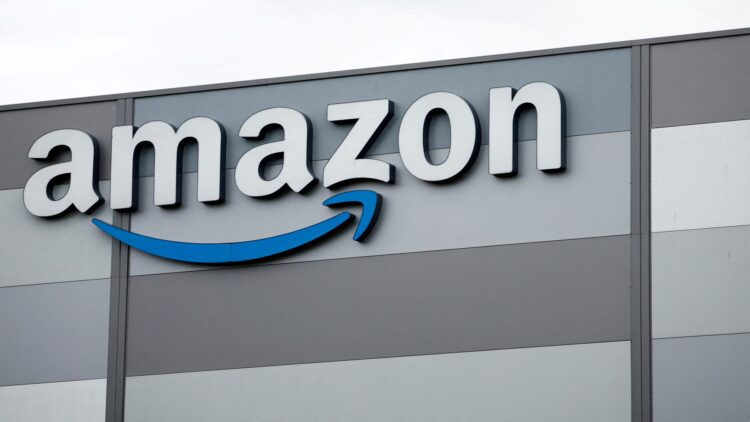Amazon’s potential abandonment of Fire OS represents a seismic shift in the company’s hardware strategy, signaling recognition that proprietary software limitations have hindered tablet sales and consumer adoption. The secretive Project Kittyhawk could fundamentally transform Amazon’s position in the competitive tablet market, where compatibility and app availability increasingly determine success. This strategic pivot acknowledges years of developer frustration and consumer complaints about Fire OS restrictions that prevented access to popular Android applications.
Kittyhawk signals Amazon’s retreat from proprietary software development
Amazon AMZN.O is plotting a big change to its Fire tablet lineup following years of escalating gripes from consumers and app developers over the company’s homegrown operating system.
As part of a project known internally as Kittyhawk, Amazon plans to release a higher-end tablet as soon as next year, offering the Android operating system software for the first time, according to six people familiar with the matter. Since the Fire tablet’s introduction in 2011, Amazon has used what is known as a “forked” version of Android with custom modifications that make it work like a unique operating system.
Amazon has long sought to undercut hardware rivals with inexpensive tablets and other devices that serve as a doorway to the firm’s digital content, like e-books, videos, and music. The devices have typically sold at or near manufacturing cost. But the focus on simplicity has held back sales, particularly among consumers who seek higher-performing devices.
The multiyear project to switch to Android marks a philosophical change for the online retail giant, which has eschewed third-party operating systems and software in favor of its own. As a result, Amazon has offered its app store, requiring developers to make separate versions of their apps for Fire tablets, limiting the store’s variety.
Amazon’s app store limitations drove consumers toward competitor tablets
If Kittyhawk is successful, Fire tablets could be more desirable for consumers who crave compatibility with other Android devices, the people said. They cautioned that Kittyhawk could be delayed or cancelled over financial or other concerns.
Amazon declined to comment, saying it does not respond to rumors or speculation.
“Consumers have always expressed a concern about not having access to the latest Android versions, not having access to some of their apps because Amazon used their own store,” said Jitesh Ubrani, a researcher at IT advisory firm IDC. “It’s meant more work for developers in this day and age of largely free apps or services.”
Ubrani noted that Amazon has nonetheless sold many millions of the tablets. Amazon has forfeited profits on the devices themselves in favor of making money on selling their associated services, like streaming movie rentals. But such inexpensive devices typically come with compromises like lower screen quality or battery life compared with pricier options.
What higher pricing strategy reveals about Amazon’s premium tablet ambitions
Amazon is the world’s fourth-largest tablet seller, with 8% of the market, just behind Lenovo’s 0992.HK 8.2%, according to second-quarter IDC data. Apple AAPL.O and Samsung 005930.KS were the market leaders with 33.1% and 18.7%, respectively.
The first Amazon Android tablet, slated for next year, will be pricier than current models, the people said. One of them said Amazon had discussed a $400 price tag, nearly double the cost of its current higher-end 230 Fire Max 11 tablet. iPads, by comparison, range from $350 to $1,200.
Amazon’s embrace of open-source Android demonstrates a pragmatic recognition that consumer preferences and market dynamics have evolved beyond the company’s ability to control through proprietary ecosystems alone.
This strategic flexibility represents a mature acknowledgment that success in hardware requires balancing corporate control with user experience, suggesting Amazon may prioritize market share growth over ecosystem lock-in. The Kittyhawk project symbolizes Amazon’s willingness to sacrifice some strategic control in exchange for broader consumer appeal and developer support.
GCN.com/Reuters


